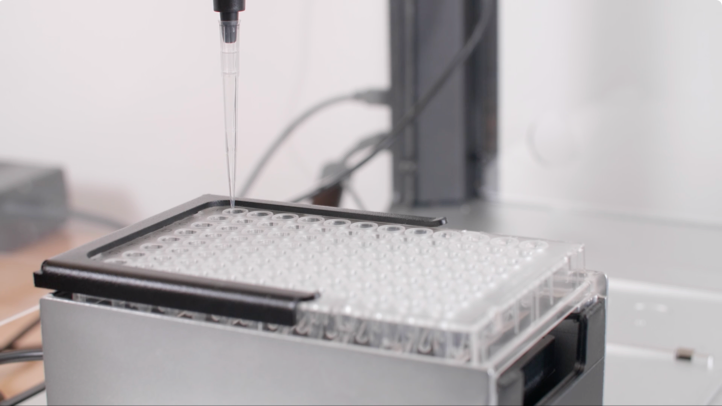
Magnetic Module
Nucleic acid cleanup is the process of purifying specific nucleic acids from an enzymatic reaction, or for creating a resuspension – a mixture suspending fine particles in fluid. Nucleic acid cleanup is a key step in many molecular biology workflows, including NGS library preparation. Using the workflow outlined here, scientists can increase their throughput, reduce errors, and save hours of repetitive work every week by automating their cleanups.
At Opentrons, we recommend using Omega Bio-tek Total-Pure NGS magnetic beads for these protocols. These beads can purify and select particular size fragments for subsequent workflow steps. More importantly, we have shown in our lab that our liquid handling robot (the OT-2) produces high yield and high quality products when running cleanups with the Omega Bio-Tek Total-Pure NGS beads (click the link to read our application note). By using these beads and activating the OT-2’s Magnetic Module, the selected nucleic acids attach to the Magnetic bead and are pelleted on the side of the well. After resuspension and separation, the supernatant containing the purified product can be collected from the OT-2 or used for your next experiment.
In addition, we have a protocol that anyone can customize, download, and run on their own OT-2. We also have a tool to build a protocol that will work for any brand of magnetic beads, giving scientists the ability to vary all key parameters in their experiment and optimize purification using our Magnetic Module as a starting point.
This workflow can be used for the following applications:
Automate nucleic acid cleanup offers many benefits to traditional manual protocols, such as:

Select your protocol
Start from scratch with the Protocol Designer, or use a Protocol Library template

Place reagents onto robot
Put premade PCR master mix on robot - or have the OT-2 make it for you. Combine master mix with forward and reverse primers.

Calibrate & activate protocol
Confirm pipetting locations & hit "run" (takes < 5 minutes)
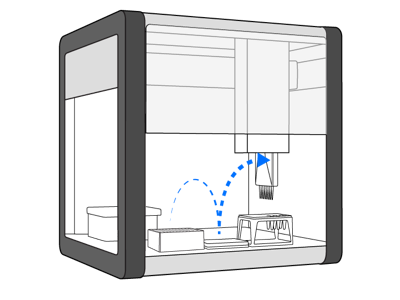
Load robot & run
After the OT-2 has prepped all your reactions, just run your PCR machine

Collect purified sample
Collect your clean nucleic acids and continue your experiment
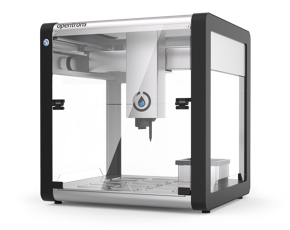
OT-2 Liquid Handling Robot
Starting at $5000.00
Magnetic Module
$2000.00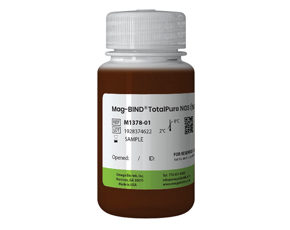
Omega Mag-Bind TotalPure NGS Kit
$103.00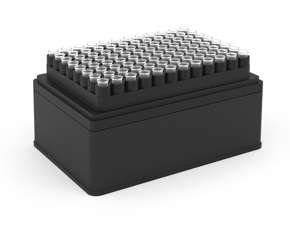
300 µL Tip Rack (incl. 9,600 tips)
$500.00
8-Channel Pipette
$1500.00Protocols used
Reagents
This application has been fully tested and scientifically verified in our lab with reagent partner Omega Bio-Tek. We recommend you use Omega Bio-Tek Total-Pure NGS for this application. If you would like to use another kit, the OT-2 supports various kits for nucleic acid extraction. Please confirm you have all required reagents required for your particular kit when you receive it.
Labware
The OT2 supports various labware for nucleic acid extraction. We support fully skirted .02 ml PCR plates, which are the best fit for the module itself. We can also support up to 2 ml deep well plates, which might be helpful for larger volume kits. We suggest that you find a labware definition in our software that closely matches the labware in your lab. Alternatively, you can use the ‘labware.create’ command to input the exact dimensions of your PCR plate. You can find more details about supported and custom labware on the OT-2 in our Labware Library.
Pipettes
Ensure that your OT-2 is fitted with suitable pipettes for the volumes you will need to work with. All of our pipettes can support these protocols, but pipette size can vary based on the size of the wash and the protocol you are using. For example, if you’re doing a 600 ml wash, you may need a p1000 pipette depending on your protocol. Please review our OT-2 Pipette White Paper for more information on our pipettes and pipetting volumes as low as 1 µL (1).

“I’ve done I don’t know how many hundreds of minipreps in my life. I don’t want to do another 3,000.”
Nick Emery
DAMP Labs of Boston University
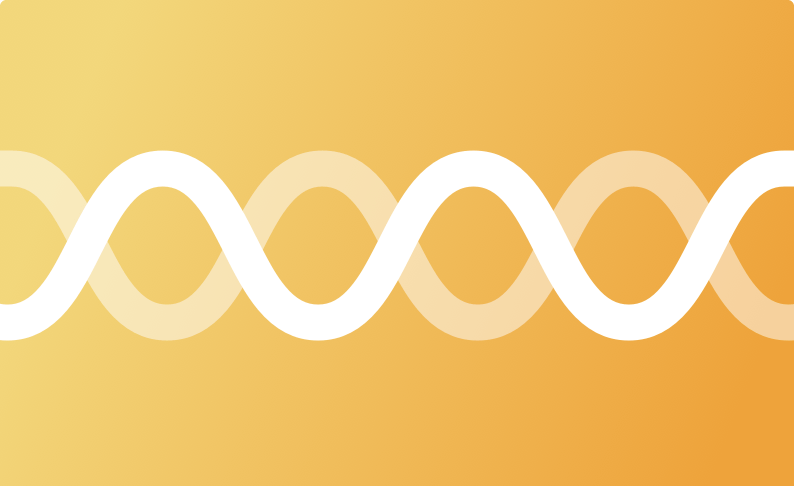
“There’s two reasons we chose Opentrons: it’s affordable and we can develop open-source software for it.”
Keoni Gandall
Free Genes Project

"There’s days we have Opentrons transfer 800 samples. I would never be able to do as many samples by hand."
Kaja Wasik
Gencove